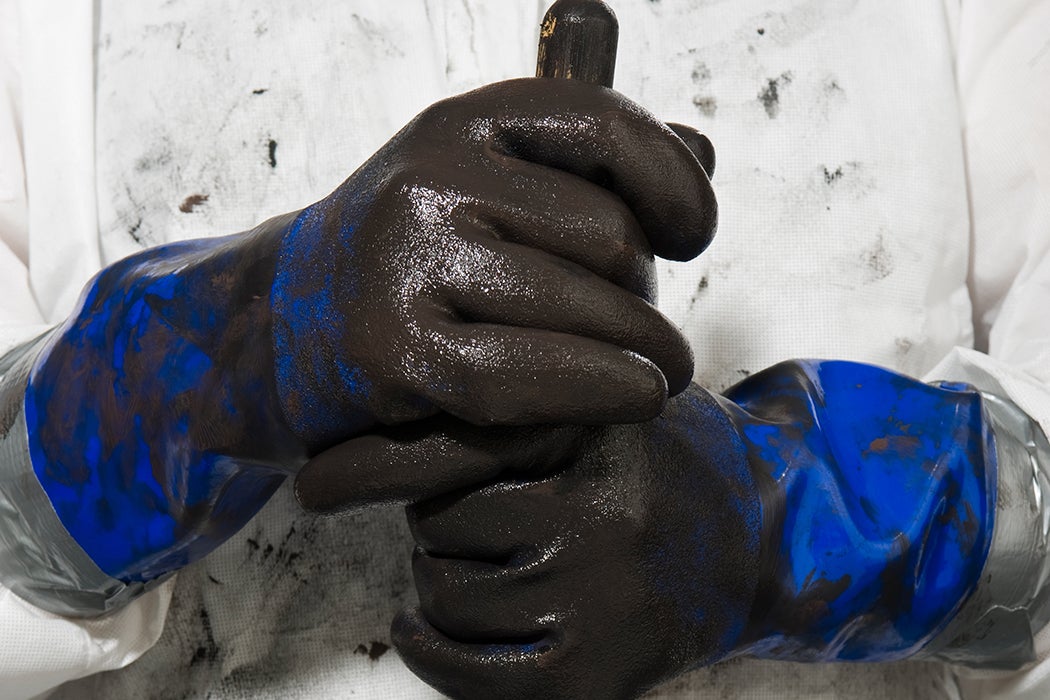From oil spills to nuclear waste, humans are good at making epic messes. Sometimes we come up with brilliant clean up ideas and sometimes we neglect repairs entirely, leaving behind a trail of misery. And occasionally, we get lucky enough that nature’s own forces mop up after us, while we barely notice.
Hurricane Sandy, Five Years Later: “No One Was Ready for What Happened After” (The Guardian)
After the historic Hurricane Sandy flooded New York City in 2012, a program named Build It Back aimed to help residents restore their damaged homes by the end of 2016. However, one in five eligible people still haven’t had their dwellings repaired, and out of the 33 public housing apartment buildings with crippled heating and lighting systems, only one property has completed work. Although cities and states institute help programs, current disaster recovery policies leave coastal homeowners to bear their own risk.
Related Sustainability Content on JSTOR: Vermont Journal of Environmental Law
How the United States Plans to Trap its Biggest Stash of Nuclear Weapons Waste in Glass (Nature)
Although the Hanford Site, a once-secret complex in Washington State, stopped producing plutonium for nuclear weapons decades ago, it still holds 177 carbon-steel tanks, filled with over 200 million liters of hazardous nuclear waste—enough to fill 80 Olympic-size swimming pools. More than one-third of the tanks have leaked, contaminating groundwater with radioactive and chemical waste. In a process called vitrification, estimated to cost over $16 billion, the US Department of Energy is about to start locking down the dangerous leftovers inside glass nearly as strong as natural obsidian or granite.
Related Sustainability Content on JSTOR: Water Environment & Technology
How a 672,000-Gallon Oil Spill Was Nearly Invisible (The New York Times)
When an oil pipeline a mile below the ocean’s surface cracked last month, leeching some 672,000 gallons of petroleum into the Gulf of Mexico 65 miles south of New Orleans, most of it wasn’t visible. More interestingly, experts say, this “pretty substantial leak” didn’t “warrant a cleanup response.” Between the microscopic size of the oil droplets and the microbes that ate them, Mother Nature’s own forces cleaned up the mess.
Related Sustainability Content on JSTOR: Science







